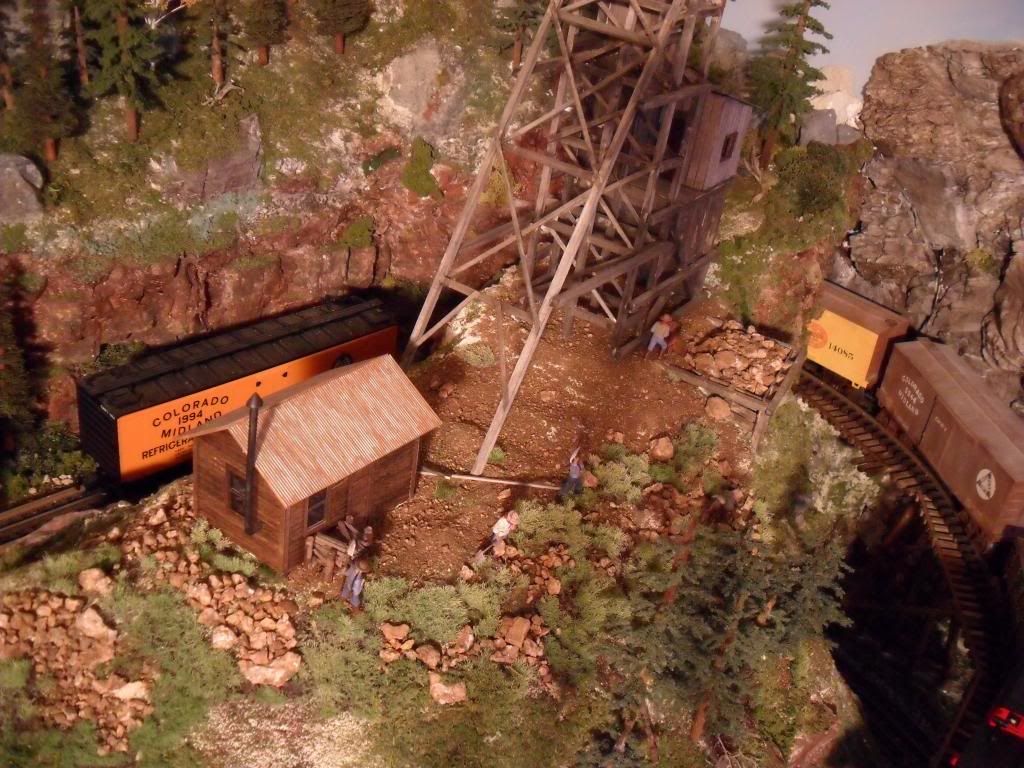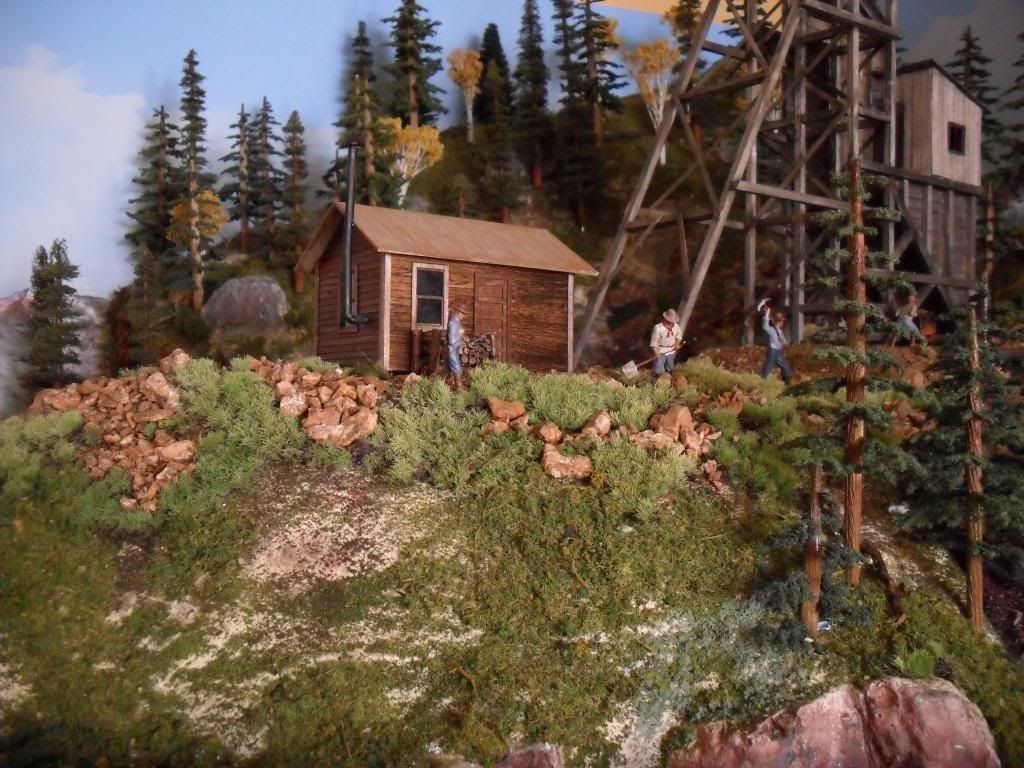Getting away from painting craftsman structures for a moment, I would like to make a comment about a dirty subject.
Dirt .
BTW, thanks to all of you, once again, for the dozens of great suggestions for all of my scenery questions.
Each of you gets a burger and a beer . . . ![]()
On the subject of ground cover, I have been underwhelmed by what is available on the market.
I wanted a ground cover that looks like the ground.
I went out to the back yard and shoveled several liters of dirt into a bucket.
I baked the dirt at 375 degrees for an hour.
I shook it, and screened it.
The result was the best ground cover I ever saw.
I'm a dirt man from now on.
Oh, did I forget to mention . . . . the ground cover was free of charge.
![]()




